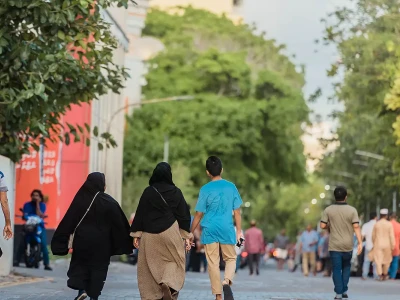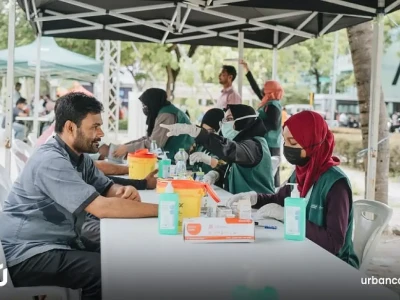
Maldives reports nearly a 170 cases of Chikungunya
The disease is spread by the Aedes mosquito that causes dengue fever.
By
Aishath Maha
166 cases of Chikungunya have been reported in Male, and four cases from three atolls.
Health Minister Dr Abdullah Haleel posted on X last week that the spread of Chikungunya is increasing.
A Health Protection Agency (HPA) official told Atoll Times that three other atolls have also reported cases of Chikungunya, apart from the spike in Male.
According to the current statistics:
-
166 cases from the city area alone
-
A total of 4 cases from Haa Alifu, Shaviyani and Baa atolls
The official said mosquito breeding grounds are being destroyed and some cleaning up is also ongoing as the number of cases of Chikungunya is increasing.
Chikungunya is a mosquito-borne disease.
“We are working with major companies like RDC and MTCC to clean up mosquito breeding grounds at their work sites,” the official said.
Fogging is also being done in Hulhumale and other islands to reduce mosquitoes.
What is Chikungunya?
-
The disease is spread by the Aedes mosquito that causes dengue fever
-
The disease causes joint pain and inflammation
-
The name comes from a Kimakonde word that means "to become contorted" and describes the stooped appearance of people with joint pain
Among the symptoms of Chikungunya
-
Fever that rises to 39°C, and chills
-
Severe headache and muscle aches
-
Joint swelling, stiffness, and pain, especially in the mornings
-
Abdominal pain and terrible nausea
-
A rash, usually on the trunk or limbs, that lasts for 7–10 days
Chikungunya is most commonly transmitted from mother to unborn child during delivery, infants, the elderly and people with underlying medical conditions, such as diabetes, hypertension, or cardiovascular disease.




